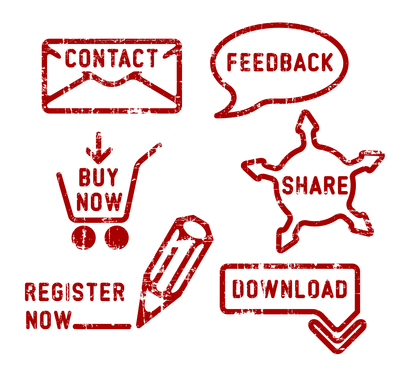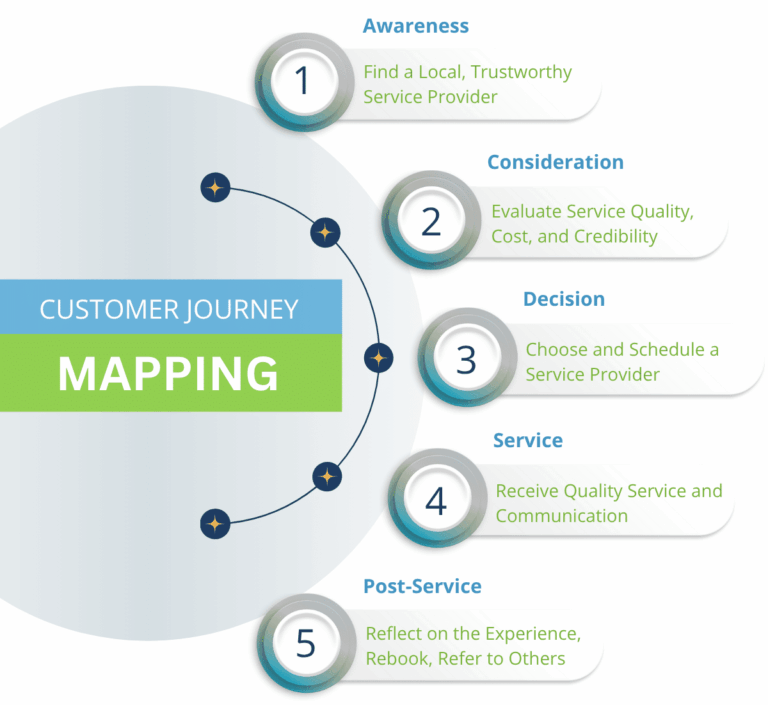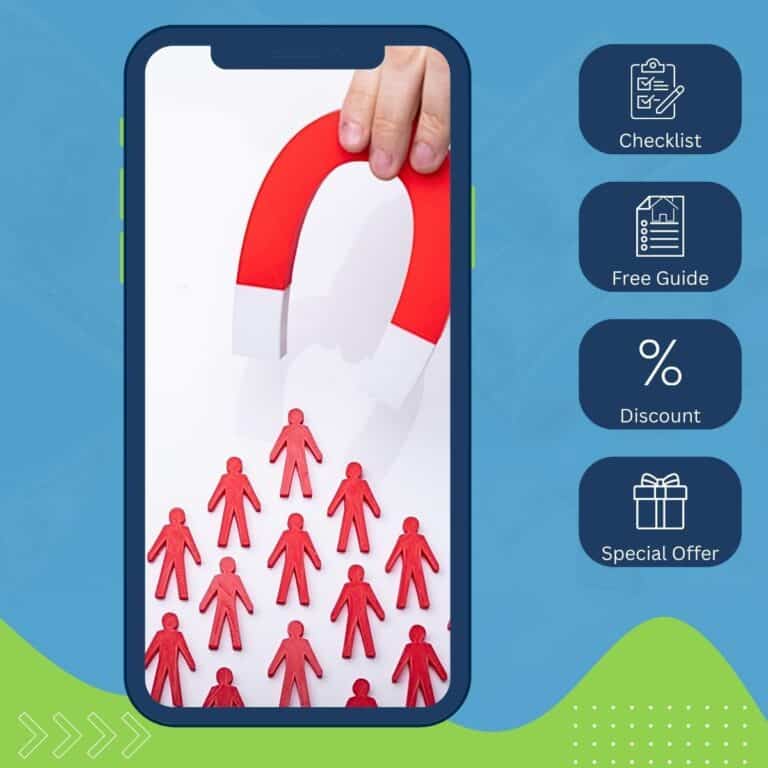
After spending the time, energy, and money to create a good looking website, craft compelling content, and optimize your website for the search engines so it is ranking for your target keyword phrases and driving traffic to your site, the last thing you want is for your visitors to leave without establishing some sort of connection with your company. They may come to your site, read your information, and then be gone forever.
Having strong “calls to action” on a website is the most effective tactic to converting your random website visitors into loyal readers and paying customers.
What is a Call to Action?
A call to action is something that’s designed to get a website visitor to take action in some way. The goal is to establish a connection with interested website visitors. It may be as simple as the visitors giving you their email address and permission to communicate with them. From there, you can start to develop a relationship and turn those visitors into customers.
If you want to increase your website conversion rate beyond the typical 1% to an above average rate of 4%-5%, you need stronger calls to action.
Examples of Strong Calls to Action Include:
- Subscribe to an Email Newsletter
- Download an eBook
- Request a Consultation, Estimate or Quote
- Take Advantage of a Special Offer
- Register for a Webinar
- Purchase a Product
- Connect with Us on Facebook, Twitter, LinkedIn, Etc.
- Request a Free Demo
- Try Before You Buy
- Sign-up for Free
Examples of Other Calls to Action Which Should be Included on Each Page or Blog Post:
- Phone Number(s)
- Email Address
- “Contact Us” Button Prominently Displayed
- Social Media Profiles / Links
- Share Buttons (especially on blog posts)
Tips on Creating Strong Calls to Action:
1. Understand Your Target Market & Buyers
Knowing who your target audience is enables you to clearly answer their questions and concerns with useful and relevant content. You can broadly identify who these buyers are by creating buyer personas or customer profiles. These customer profiles will help you to identify your customers’ challenges and needs, and understand how to speak to them using their words and language to address these needs and provide solutions.
2. Identify Your Call to Action Goal
Take a look at your sales funnel and identify where the visitor or prospect most likely will be in the sales cycle when they visit your website. From there, identify the action you want your visitors to take.
3. Make Sure it Provides Value
The offer needs to appeal to your site’s visitors and provide value to them in some way. Often, you can re-purpose existing useful materials your company is already using or has created for other purposes such as case studies, sales sheets or brochures on your services and products, articles, “how to” guides, etc.
4. Keep it Simple
If the call to action is confusing, people will not take action. Make sure the offer is clear and concise. Visitors have short attention spans and need to know exactly what to do next. Don’t have conditions, rules, or ask for too much information. Keep it obligation free. There should be an obvious call to action that leads visitors to the next step in your conversion funnel.
5. Make it Prominent
Placing the call to action at the bottom of a web page can bury it and cause it to be ignored or go unseen. Place your call to action above the fold in a clear and upfront position.
6. Test Your Calls to Action
Conduct A/B testing to find out what calls to action are working best for your target audience. Change the wording, placement, offer and see if the changes have an impact on conversions.






